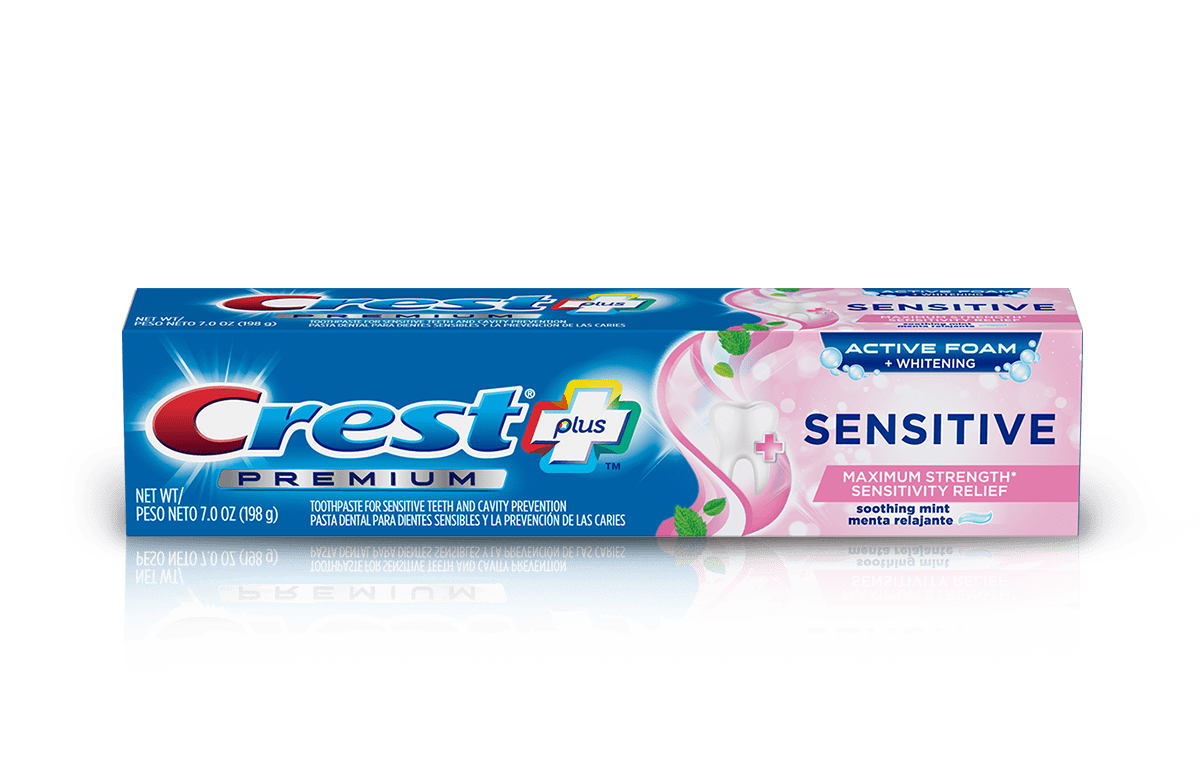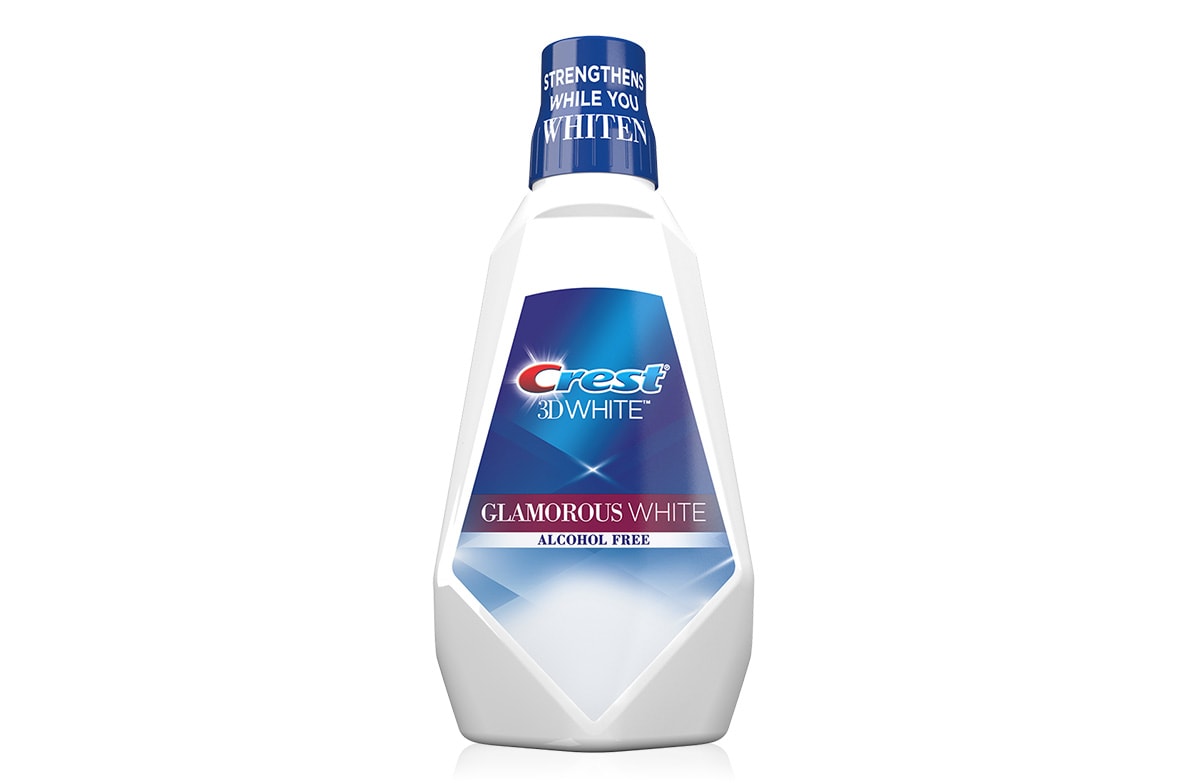CAVITY-PROTECTION
Cavities Treatment: Ways to Treat Cavities
 What is a Cavity?
Cavity Treatment
Preventing a Cavity
What is a Cavity?
Cavity Treatment
Preventing a Cavity
You will most likely experience at least one cavity in your lifetime. Fortunately, there are several avenues of cavity treatment options available that your dentist may recommend.
What is a Cavity?
A cavity is a form of tooth decay, usually accompanied by discoloration on the tooth’s surface and a painful sensation.
To better determine the cavity treatment that’s right for, your dentist will first identify the type of cavity you have.
The three cavity types include:
- Sub-surface: If plaque is not removed through a proper oral hygiene routine, bacteria are able to take root, leaving your teeth susceptible to cavities on the surface. Sub-surface decay is an early form of decay, or demineralization, which occurs before the enamel surface is cavitated. The least serious type of ‘cavity’, sub-surface decay can be treated with fluoride to help with remineralization. Try brushing with a fluoride toothpaste and incorporate an anti-cavity rinse to your routine to better fight sub-surface decay.
- Pit and fissure: Occurring on the chewing surfaces of the back teeth, also known as molars and premolars, this type of decay is easily preventable with a thorough oral care routine. Fluoride-infused toothpaste, floss, and mouthwash can help keep this form of decay from taking shape.
- Root: The most common type of tooth decay, root decay is often a side effect of age. Usually occurring in adults, this type of cavity is even more common among those with receding gums where the cavity forms on the surface of the roots, leading to severe pain.
- Interproximal: Removing plaque while brushing in hard to reach areas, like between teeth, can be difficult. Leftover plaque contributes to bacterial growth in these contact areas, leading to the formation of cavities.
Cavity Treatment
Once your dentist has identified the type of cavity you have, he or she will recommend a treatment option to remove the decay and restore your smile. Cavities treatments are dependent on the severity of the decay and include:
Fluoride Treatments: Fluoride can aid with enamel restoration, and in very early stages of a cavity, it can even reverse the decay. Treatments come in liquid, gel, foam, or varnish form which is brushed directly onto your teeth or placed in a mouth-fitting tray.
Fillings: When decay progresses beyond the early stages, fillings become the treatment option your dentist will most likely take. A form of restoration, fillings involve the removal of decay with the affected area then filled with either porcelain, amalgam, or tooth-colored resin.
Crowns: To preserve a weakened or severely decayed tooth, before the infection reaches the root, your dentist may recommend a crown. Made of gold, porcelain, resin, or composite material, a crown is tailor made to fit over the affected tooth after decay has been drilled away.
Root canal: Once decay spreads to the inner layer of your tooth, known as the pulp, a root canal is often recommended to remove the diseased pulp. After the decay has been removed, a filling replaces the pulp. Your dentist will also prescribe medication to help fight off infection.
Extraction: If tooth decay is at its most severe stage, often the only option is to remove the tooth entirely to prevent the infection from spreading. The procedure is commonly referred to as tooth extraction, and can leave gaps in your smile. A cosmetic procedure, often involving an implant or dental bridge, can help fix your smile and cover up any gaps.
Preventing a Cavity
The best course of cavity treatment is to ensure decay never takes root in the first place. Keep cavities from forming with a few simple steps:
- Brush twice a day with a fluoride toothpaste to remineralize weakened enamel
- Switch to an electric toothbrush to help make sure you’re brushing the dentist-recommended two minutes and reaching every area of your mouth
- Floss at least once a day to remove anti-cavity mouthwash to further clean below the gum line
- Chew on sugar-free gum to stimulate saliva production to wash away plaque
- See your dentist or dental hygienist twice a year for check-ups and professional cleanings
Discover More
 Cavity Fillings: What to Expect, Types & Potential Problems
Cavity Fillings: What to Expect, Types & Potential Problems



